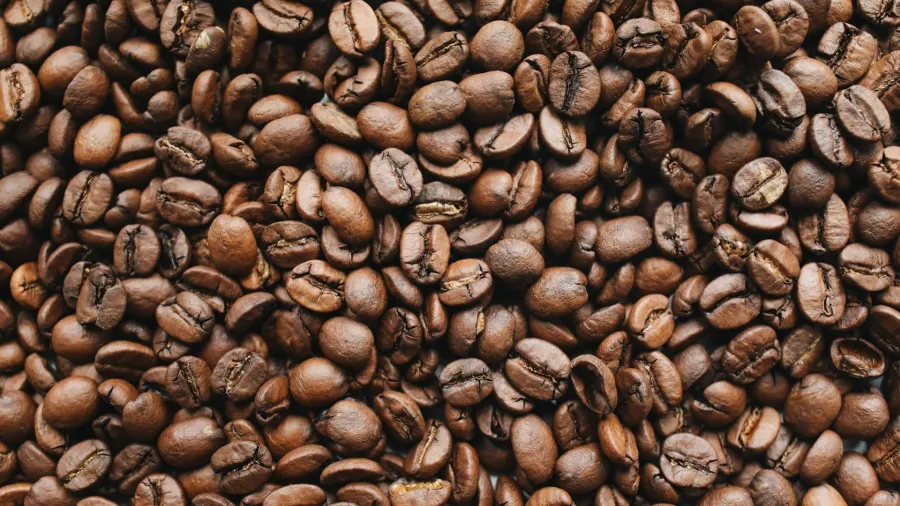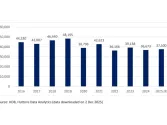
Here's why raw coffee beans demand is rising
The market is expected to grow by $8.06b by 2029.
The surge in cafés worldwide and increasing consumer demand for sustainable and ethically sourced coffee are driving growth in the raw coffee beans market.
According to Technavio, the market is expected to grow by $8.06b from 2025 to 2029, with a compound annual growth rate of 3.7%.
Consumers are prioritising sustainability, fuelling demand for Fair Trade, Rainforest Alliance, and Organic-certified coffee, which ensure fair wages, safe working conditions, and environmental conservation.
Coffee’s health benefits, such as weight loss, blood pressure control, and diabetes management, are also contributing to its growing popularity. Arabica and Robusta coffee beans continue to dominate the market, while green coffee beans are gaining traction due to their chlorogenic acid and antioxidant content.
Logistics, however, remain a challenge, as transportation inefficiencies and storage issues affect the quality of raw coffee beans and impact smallholder farmers’ livelihoods. Technology such as AI, IoT, and 5G is being increasingly used to improve crop management, optimise irrigation, and reduce environmental impacts.
However, price volatility poses risks for farmers, making it difficult for them to manage income and plan investments, which can limit production and quality improvements. The financial instability also affects coffee traders, exporters, and roasters, adding further risks throughout the supply chain.
The report also noted that the market is shifting towards ready-to-drink, instant, and drip bag coffee, with sustainable farming practices and advanced technology expected to address ongoing challenges.
Despite these efforts, climate change and price fluctuations remain key concerns for global coffee producers.

















 Advertise
Advertise





